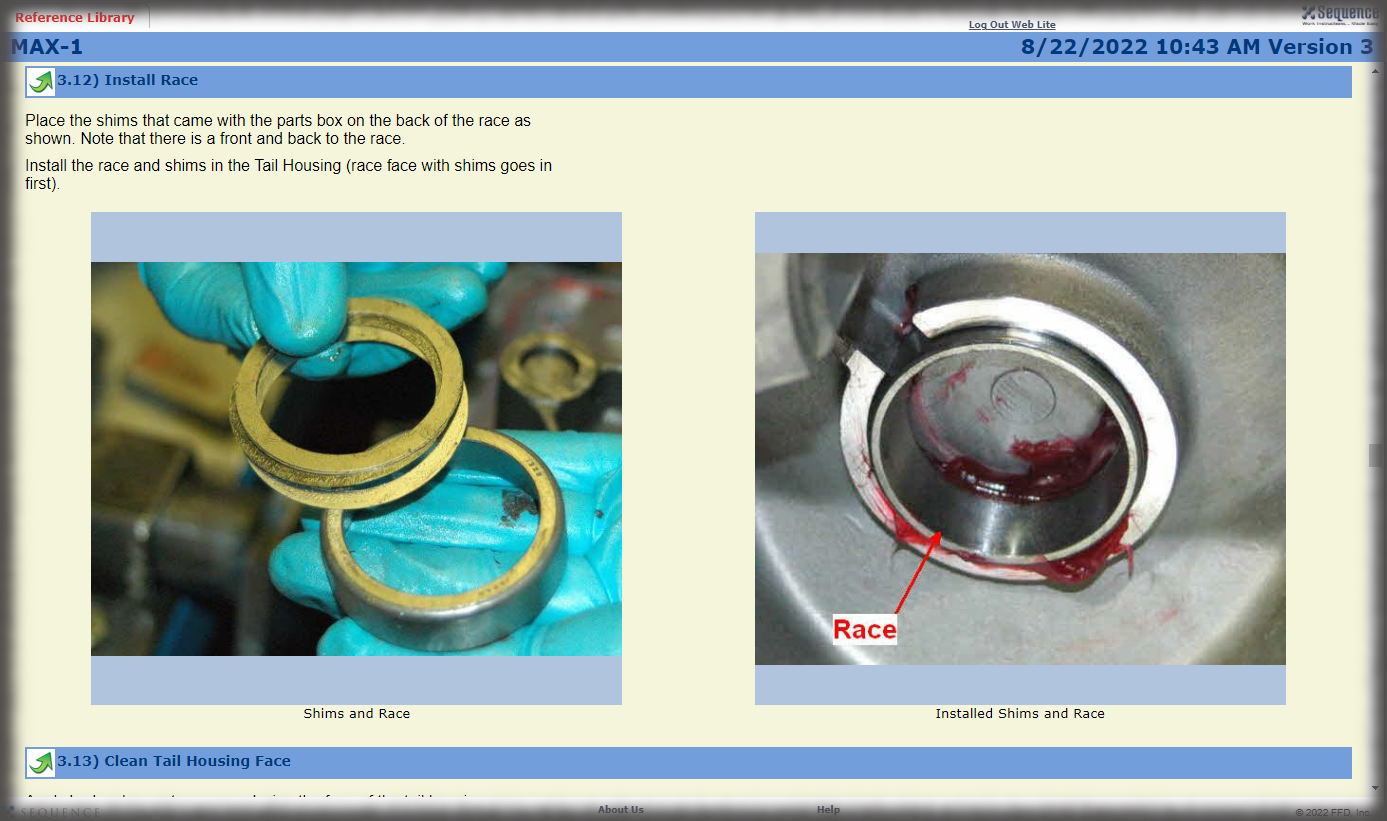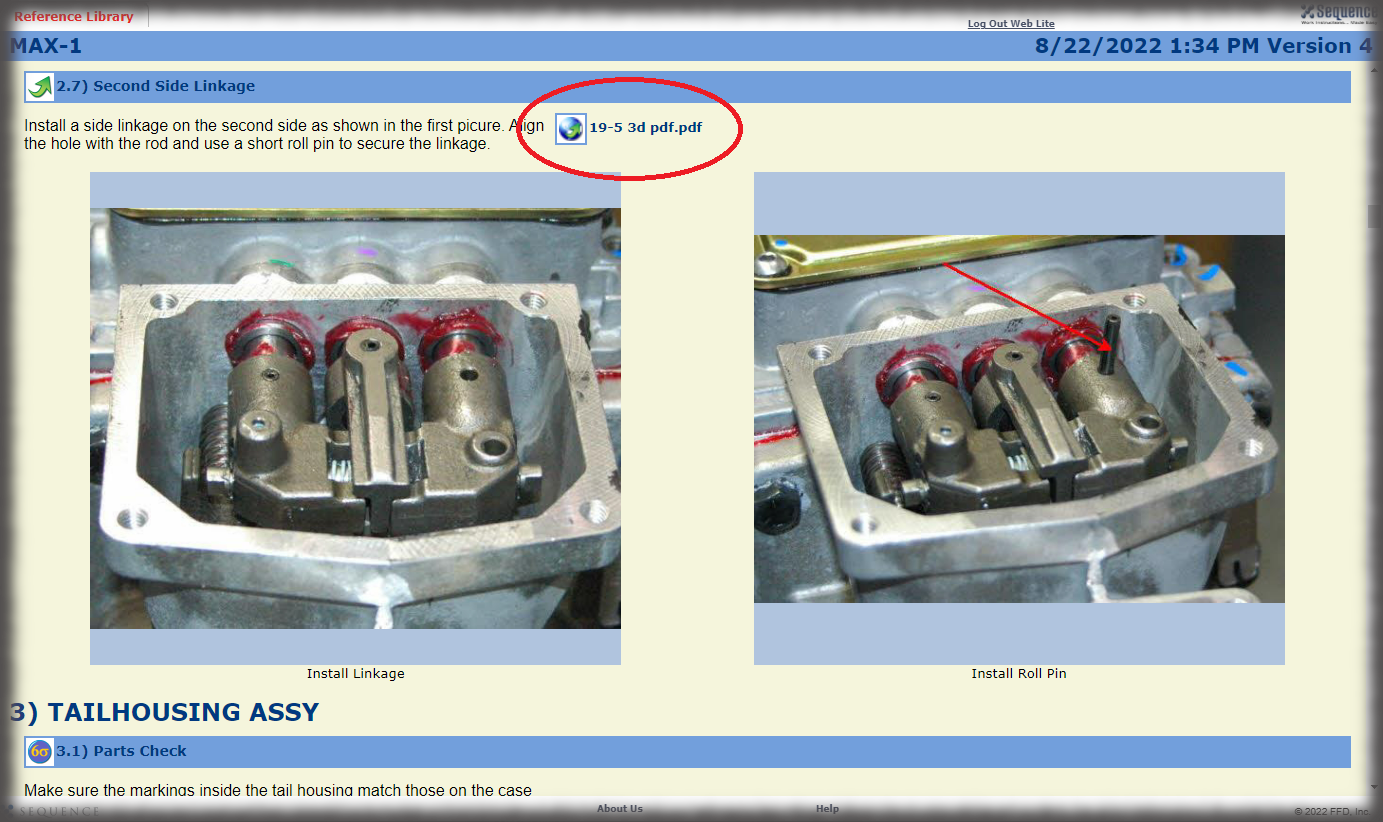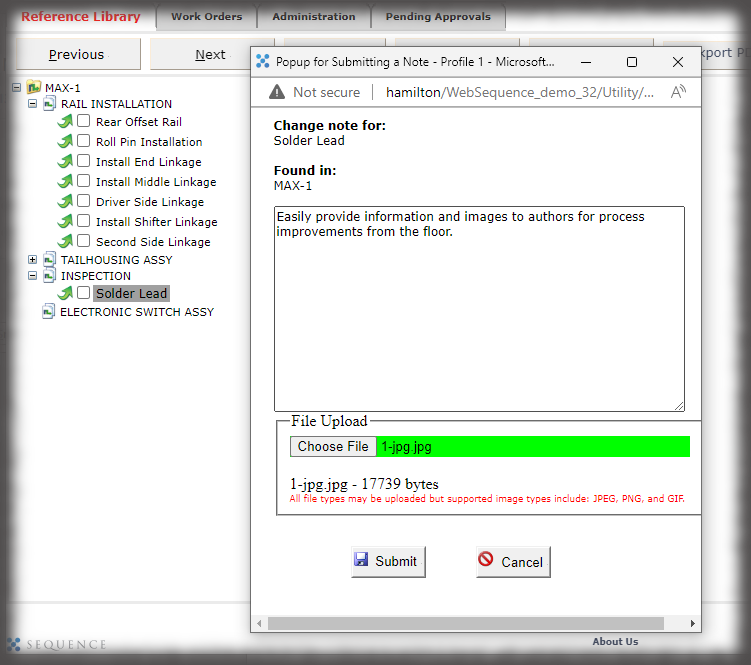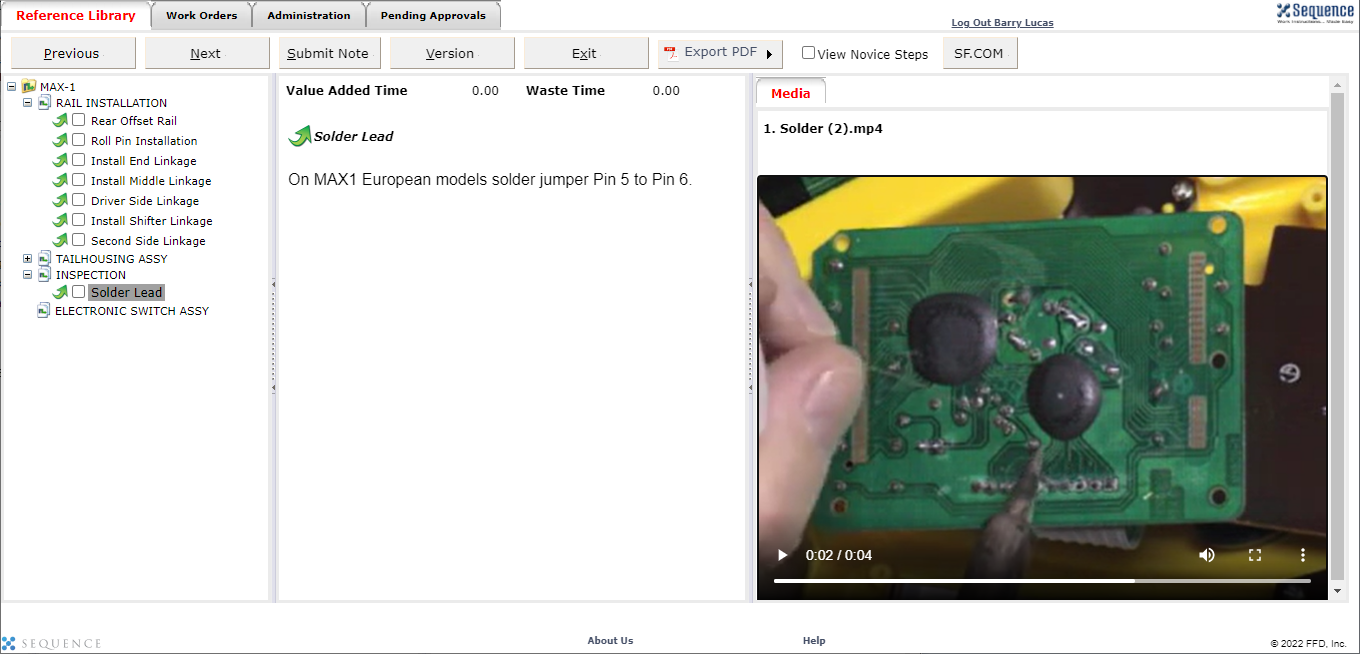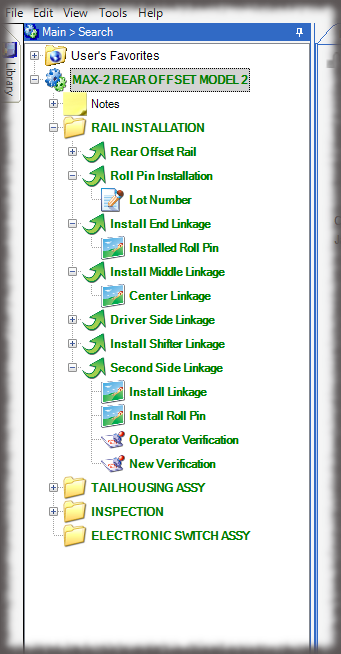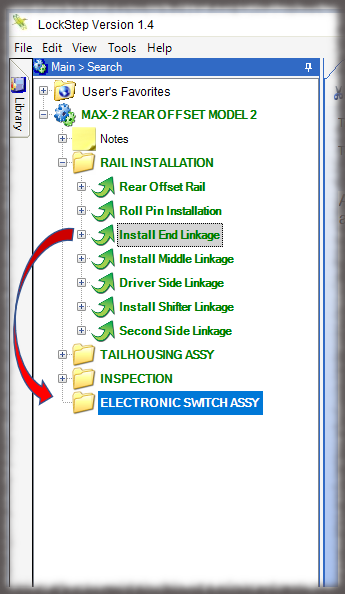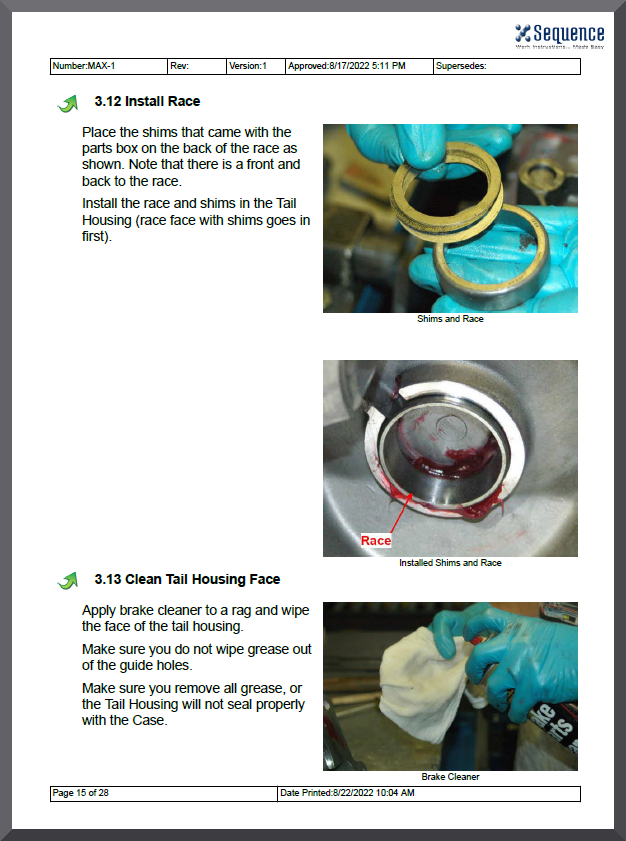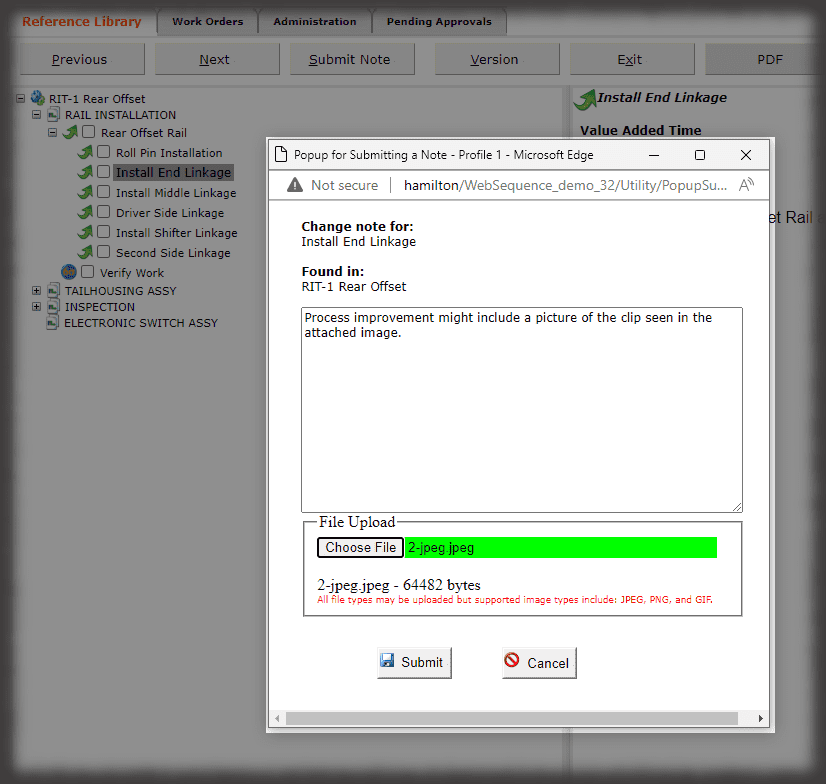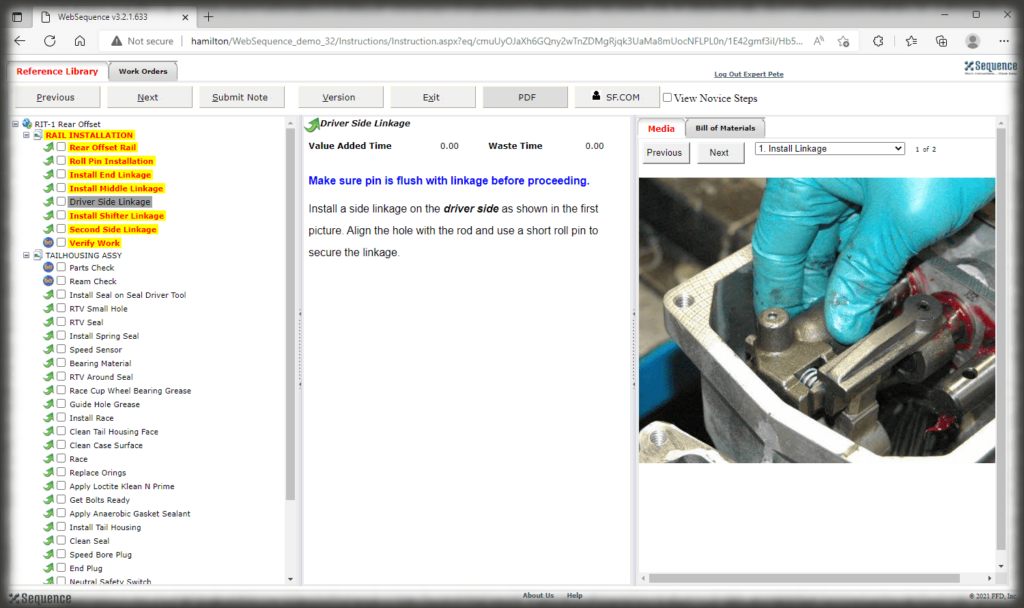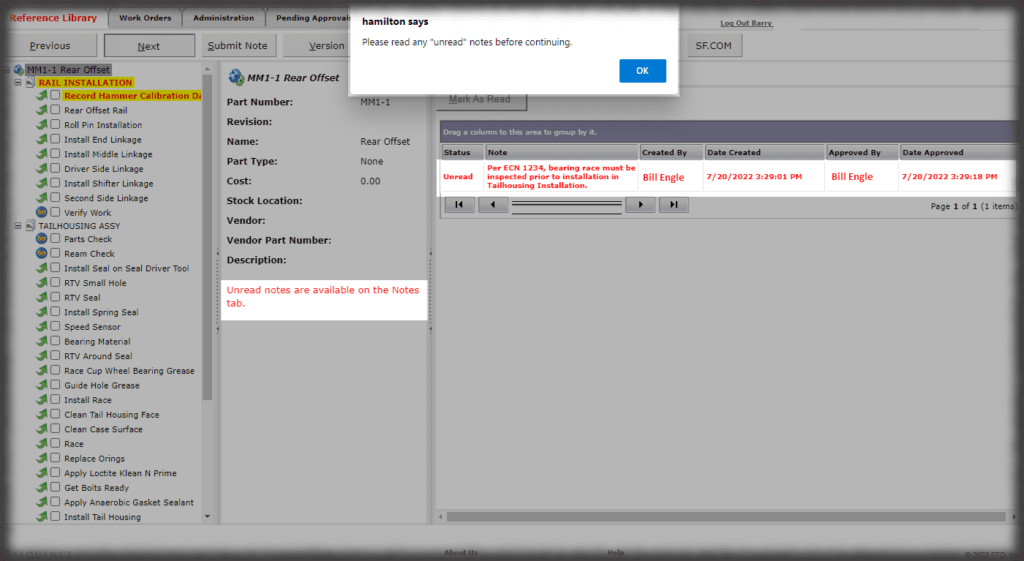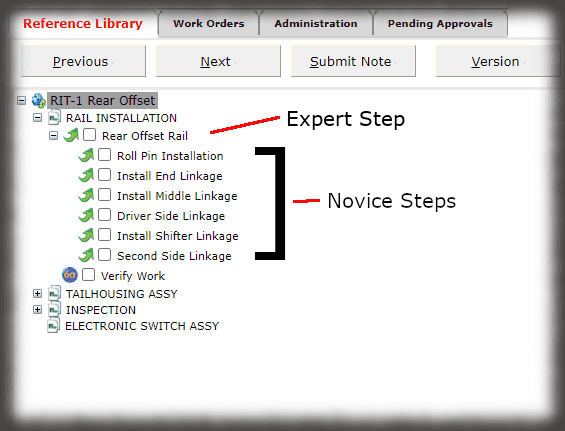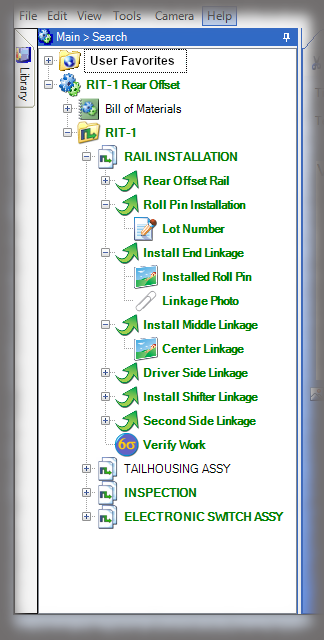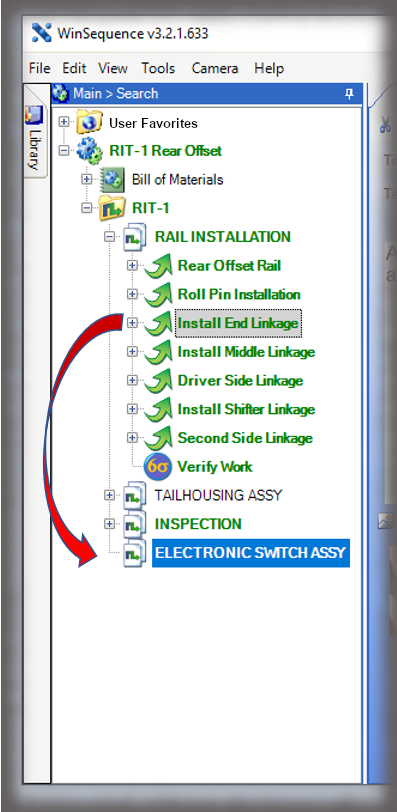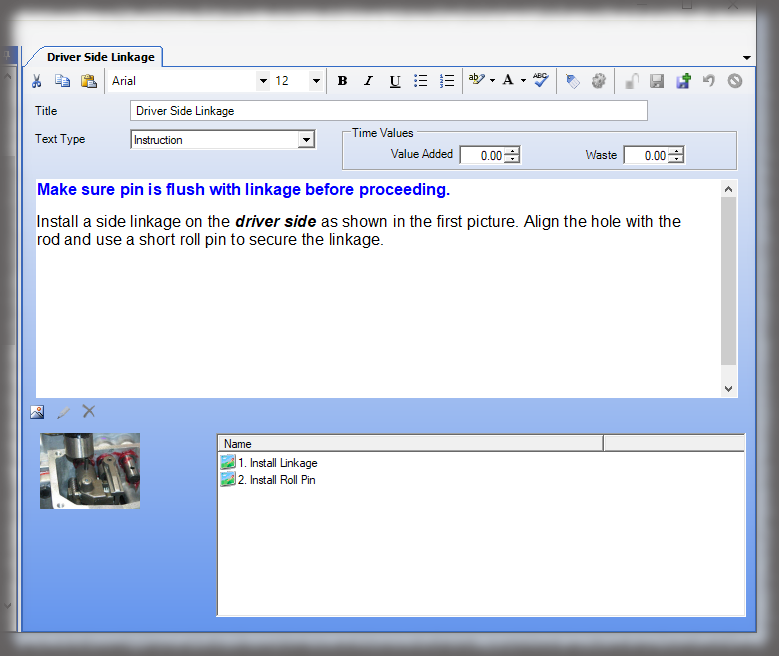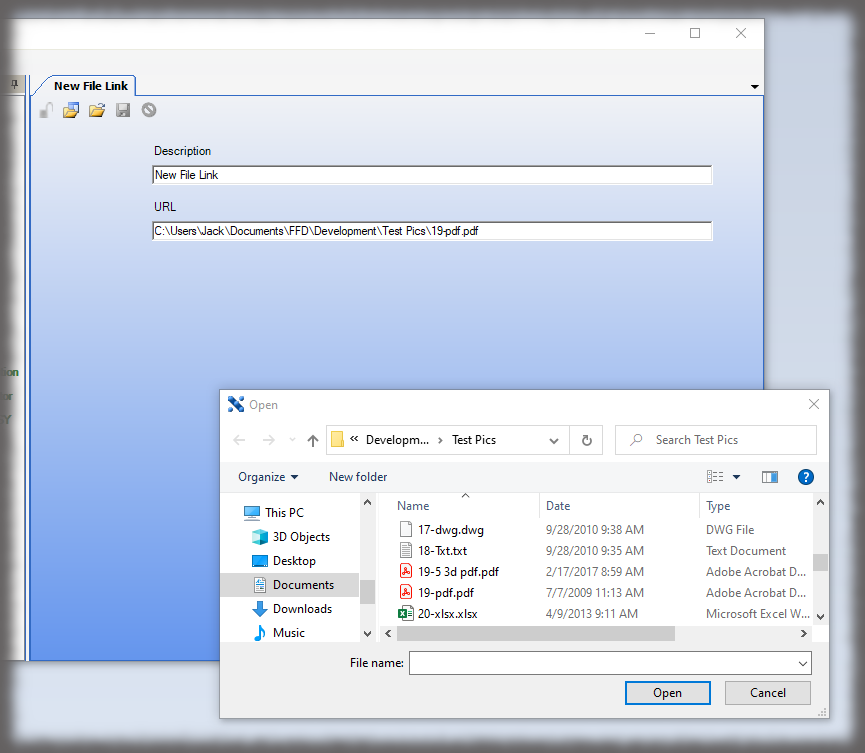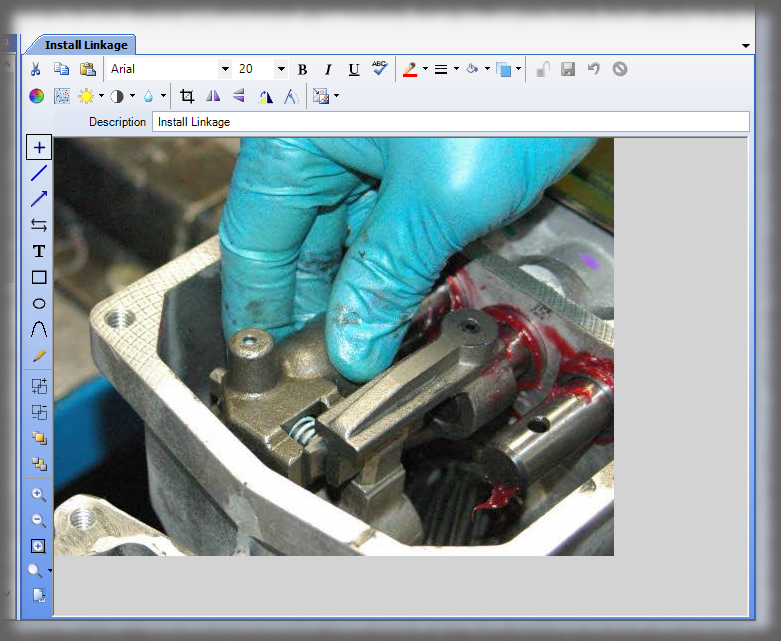In previous posts, we looked at how poor training programs lead to employee turnover, and the many different costs associated with replacing a worker in manufacturing. Bottom line: turnover impacts both productivity and profitability. But one of the most effective strategies to combat high turnover rates is as simple as investing in improved training programs. When employees receive the right training and development, they become more engaged, satisfied, and loyal to the company. This article explores five methods organizations employ to reduce employee turnover through enhanced training and instruction.
Personalized Training Plans
One of the most significant factors contributing to employee turnover is the feeling of stagnation and lack of career progression. To address the negative feelings, organizations should implement personalized training plans. Ideally, the plans consider individual skill gaps, career goals, and learning preferences.
When possible, personalization in training helps employees feel valued, leading to higher job satisfaction and engagement. Employees naturally seek opportunities for growth within the company, and as they grow, they are more apt to stay and contribute to its success. The task for managers is conducting regular assessments to identify skill gaps and align training programs to bridge those gaps effectively.
Moreover, personalized training plans should consider various learning styles and delivery methods. Some employees may prefer online courses, while others may thrive in hands-on workshops. The more flexibility and choice employees have in their training, the more engaged and committed they are likely to be.
Continuous Learning and Skill Development
Employee turnover also occurs when individuals feel their skills are becoming outdated or undervalued. Ironically, some companies may not want to invest in their employee’s growth for fear that they will become more marketable to competitors. Organizations must avoid temptation and instead foster a culture of continuous learning and skill development. Most often companies use ongoing training programs, cross-functional training, and mentorship initiatives to keep their employees growing.
Encouraging employees to regularly update their skills and knowledge not only keeps them engaged but also enhances their overall job performance. It allows them to adapt to changes in the workplace, boosting their confidence and reducing the fear of becoming obsolete.
Cross-functional training programs is a win-win for the company. For the employee, cross-training provides opportunities to explore different roles and departments within the organization. This not only helps them acquire new skills but also gives them a sense of belonging and interconnectedness with the company. Additionally, cross-training protects the company by distributing corporate knowledge across many employees.
Better Work Instructions
Work instructions play a crucial role in helping manufacturing employees feel confident in their tasks. Clear, documented processes provide detailed guidance on how to perform specific job functions, significantly boosting confidence in several ways.
First, work instructions eliminate ambiguity and uncertainty. Employees can follow step-by-step procedures, reducing the risk of errors or mistakes. This clarity promotes a sense of competence and control over their work.
Second, work instructions ensure consistency in production processes. When employees know they are adhering to standardized procedures, they feel more secure in their ability to deliver high-quality results.
Finally, work instructions often include safety guidelines, which contribute to a safer work environment. Knowing they are following best practices instills confidence in employees that they are protected and contributing to a safer workplace.
Career Path Development
Employees are more likely to stay with an organization when they see a clear path for career advancement. Improved training opens opportunities by developing the necessary skills and knowledge required for promotion.
In addition to making employees aware of the various training programs, organizations should also establish clear career development paths for employees, outlining the skills and qualifications needed for each level of progression. This encourages employees to stay engaged and motivated, knowing that their hard work and dedication can lead to career growth within the company.
Training programs should align with these career paths, providing employees with the tools and knowledge they need to progress. Offering leadership and management training, for instance, can prepare employees for supervisory roles, reducing the need to hire externally for these positions.
Knowledge is a huge motivator for employees. Everyone wants to feel needed, and when employees can envision a future with the company and see a clear path for their career development, they are more likely to stay and contribute to the organization’s success.
Feedback and Evaluation
Effective training and documentation for employee retention isn’t a one-time effort; it requires continuous assessment and feedback. Organizations should establish robust feedback mechanisms that allow employees to provide input on documented processes, whether those are work instructions or training procedures. Many companies offer incentives for ideas that lead to improved products and processes.
On the flipside, regular evaluations of training effectiveness help in identifying which programs are working and which need refinement. See the blog on “Doing the Gemba Walk” where we describe the process of evaluating how well the company is doing in providing workers with accurate, up-to-date work instructions or procedures.
Finally, feedback from management should regularly close the loop and use performance evaluations and career development discussions to make employees more valuable. Encouraging open and honest conversations about career goals and progress can help employees feel more valued and engaged.
Let Sequence Software Help You Reduce Employee Turnover
Reducing employee turnover through improved training is a proactive and cost-effective strategy that can benefit both employees and organizations. It requires time, but with simple steps, companies can create an environment where employees are more engaged, satisfied, and loyal. In doing so, they not only reduce turnover rates but also enhance overall workplace productivity and profitability.
Investing in employee training is an investment in the future of the company and its people. Contact Sequence Software today for more information on how a software solution for documenting training and procedures in manufacturing might benefit your company today.


